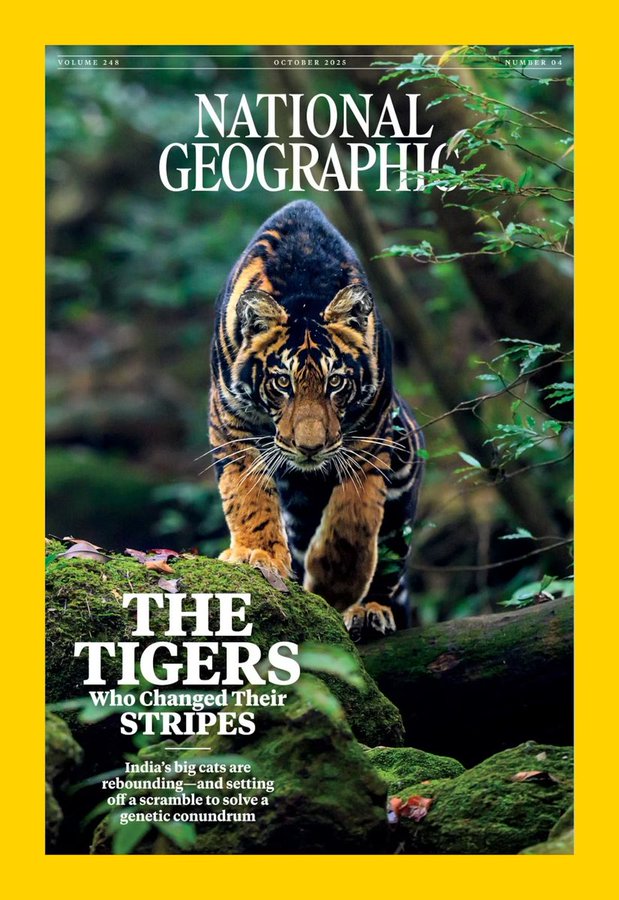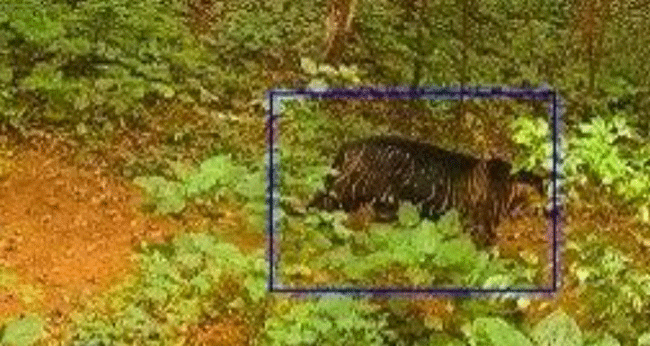Bhubaneswar: The October issue of National Geographic magazine, featuring a rare black tiger from Odisha’s Similipal Tiger Reserve on its cover, has brought global attention to the Odisha’s unique wildlife.
While the magazine’s cover story, “The Tigers Who Changed Their Stripes,” is being celebrated, it has been noted that the person behind the initiative, former Principal Chief Conservator of Forests (PCCF) of Wildlife, Shri Susanta Nanda, has been overlooked.
Shri Susanta Nanda, a dedicated nature lover and wildlife enthusiast, initiated the process to document the black tigers and the tiger translocation project way back in January 2024. He granted permission to National Geographic Explorer and photographer Prasenjeet Yadav to carry out the extensive documentation. The permission was granted via Office Order No. 463 on January 9, 2024, and was later extended.

The story marks a historic first for the magazine, as it is both written and photographed entirely in India by an Indian, focusing on a uniquely Indian phenomenon—the pseudo-melanistic tigers of Similipal. The cover photograph, captured by Prasenjeet Yadav, is the result of this collaboration.
Shri Nanda, who superannuated from service in November 2024, had a distinguished career and was known for his efforts to protect wildlife. He was previously awarded the Indira Priyadarshini Brikhyamitra Puraskar in 2007 for his contributions to the forest and environment sector.
He has been credited with playing a crucial role in introducing AI cameras for forest monitoring and the tiger translocation efforts to improve genetic diversity.

The AI cameras installed in Simlipal Tiger Reserve captures, processes & transmits in 2 minutes this real time images of a tigress with melanistic cubs out for hunting. Simlipal Tiger Reserve only has this unique technology in our country, said a former STR Director.
His initiative paved the way for the global recognition of Odisha’s unique black tigers and the conservation efforts undertaken by the state’s forest department.


